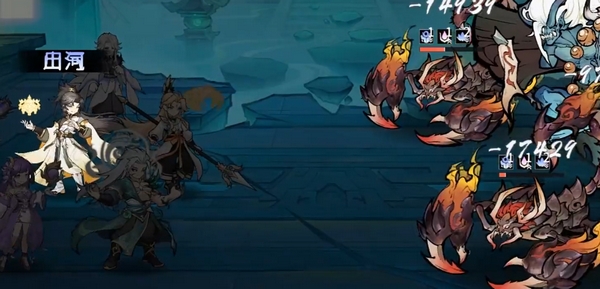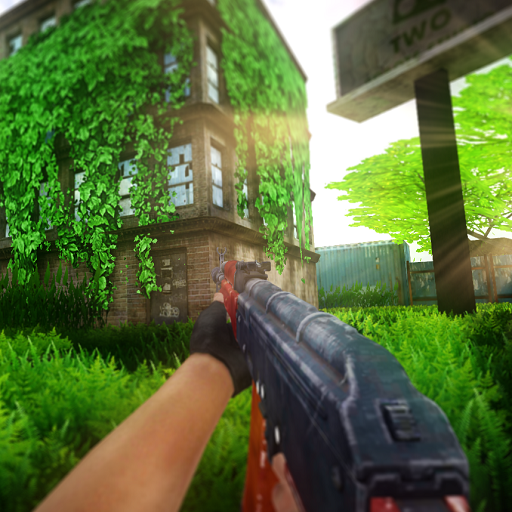In the operation process of Carbon Island, how to arrange the carbon quota has become a concern for many players, especially in terms of balancing resource allocation and dealing with carbon emission constraints, which often feels quite tricky. The quota management mechanism, as the essence of the game, has a significant impact on the growth rate and efficiency of the island. Therefore, learning to allocate quotas scientifically and reasonably will help players achieve better results.

In the energy layout of Carbon Island, the power supply system adopts a diversified power generation model, covering various types such as solar, wind, and thermal power. There are significant differences in carbon emissions among different power generation facilities, where solar and wind, as environmentally friendly energy sources, produce relatively less carbon emissions during operation; in comparison, although thermal power has a higher energy conversion efficiency, it comes with more prominent carbon emissions. It is recommended to prioritize the development and utilization of clean energy.

The game periodically introduces tasks related to emission reduction. If players can successfully complete these tasks, they can effectively reduce the total carbon emissions in the game. These goals can be achieved through various means, such as optimizing the production process in detail or actively upgrading environmental protection-related technologies. After completing these tasks, players not only receive corresponding rewards but also retain more valuable carbon emission quotas in the game.

The economic lifeline of Carbon Island mainly relies on the steady development of industrial production. However, this process inevitably becomes an important source of carbon emissions. When setting up factories, one should carefully balance the subtle relationship between production scale and carbon emissions, striving for harmonious coexistence. Based on existing resource conditions and strict environmental protection standards, it is suggested to scientifically plan the distribution and type selection of factories, with a particular preference for developing projects that can both efficiently produce and effectively control emissions, thereby promoting economic prosperity and ecological conservation hand in hand, creating a win-win situation.

Everyone now understands how to arrange the carbon quota in Carbon Island. In the quota management system of Carbon Island, the key point lies in achieving the harmonious coexistence of economic development and ecological protection. It is suggested to gradually master effective methods of resource allocation through scientific planning of energy production facilities, steadily advancing the implementation of emission reduction goals, and meticulous planning of industrial area construction. May this summary of experience provide beneficial references for all island managers, helping to build a green home where ecology and economy win together.


















